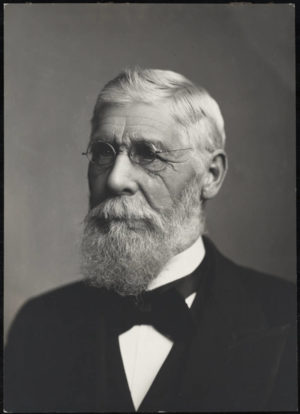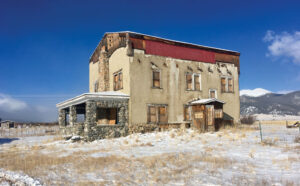By John Mattingly
No one has ever mentioned me as a dog person. I’m not even a dog enthusiast. I would never walk a dog, for example, or groom or wash a dog, or take a dog to the dentist, or let a dog in a vehicle, or feed a dog anything but raw meet, or make plans around the moods of a dog. Nor would I scoop and bag a dog’s exudates under almost any circumstances. Many folks worship dogs as if the name was spelled backwards.
I do, however, appreciate dogs. To ignore the antics of dogs would be to miss out on endlessly amusing stories. Like Bandit, who swallowed a tennis ball and then burst through a pickup windshield in pursuit of a rabbit, or Mr. Bark who was nearly killed by a gang of three jackrabbits, or Nilly who mothered a hatch of nine ducklings after their mother died, or Slim and Jim, two Labs who, in mutual pursuit of a rabbit, got their heads firmly lodged in opposite ends of an eight-inch irrigation pipe, twenty feet long and managed to carry it across a field of corn, flattening a swath before help arrived.
I also respect dogs who work. Humans clearly benefitted from their association with wolves over the millennia and the relationship persisted to the present day when the genetics of wolves have been line-bred along lines of aberrance and mutation to create unusual creatures who, apart from having a tail, are difficult to imagine as ever having been a wolf. These distortions have created dogs who fit nearly all the criteria of being parasitic on human beings. So, of course, I have three dogs.
The three dogs enjoy independent living among the sheep and goat herd (we call sheep and goats, collectively, “the ungulates” for short) and these three dogs work as the security detail regarding foreign interference from coyotes and foxes, skunks and badgers, and even eagles. Even in the dead of winter and scorch of summer, the three dogs never leave the herd.
In three years, the herd of about 300 ungulates has never lost one of it own to a predator. The protective capabilities of herd guard dogs deserves a lot of respect. Can’t say the same thing for gods, but that is another article.
The three dogs are named for their attributes: Can-head, White-dog and Belly-rub. They’re fed raw meat from various sources, but none of the dogs will eat in a human presence. In fact, when meat is put out for them in separate spots in the pasture, they look off in the distance as if food is the last thing they might care about. They hold their heads high, scanning the air with noses that smell in 3-D, as if devotion to duty prevented them from being drawn to the presence of fresh-kill rabbit, or badger, or prairie dog, or elk guts.
Only when I leave and look back from a distance do the dogs begin to approach the meat, and even then, the moment they see my eyes looking their way, they stop and wait until I’m gone. This restraint is deeper than manners. It goes back to the aboriginal connection between humans and wolves.
[InContentAdTwo]
Dog historians have known for a long time that all dogs on Earth today descended from wild wolves. The wolves approached humans for food and safety, and humans had several needs that wolves were willing to fulfill: herding, warning, warming, and, of course, entertaining humans with tricks and expressions. Today there are about 60 million dogs and about 30,000 wolves, so the wolves who went with humans extended the quantity of their species, but not necessarily the quality.
Among the early wolves who ingratiated themselves to humans in exchange for food and some protection, there were probably many wolves who did so with reluctance. These dogs-to-be were willing to do one or two things to get something from humans, but beyond that, they had the wisdom to keep a strategic, if hygienic, distance.
These became the dogs who will protect your herd, but not let you touch them. They will warn you of approaching predators by barking all night at coyotes, but if you try to get friendly, or offer processed dog food, they will snatch your gloves or pliers and hide them beyond discovery. These are the dogs who have a go-away-closer attitude around humans. They do their work, expecting no more than raw meat and an occasional soft word.
During the heat of the day, when ungulates bed down in whatever shade can be found in the brush, the three dogs take their guard stations in regal repose, resembling a small pride of lions who have just gorged on a water buffalo.
Accordingly, I have come to think that the best judge of a dog’s character is how much the dog engages in the ways and means of humans. The more a dog hangs out with humans, eating processed foods and lying around on blankets and being led by a leash or confined to a pen, the less that dog can be found to be, in fact, a dog.



